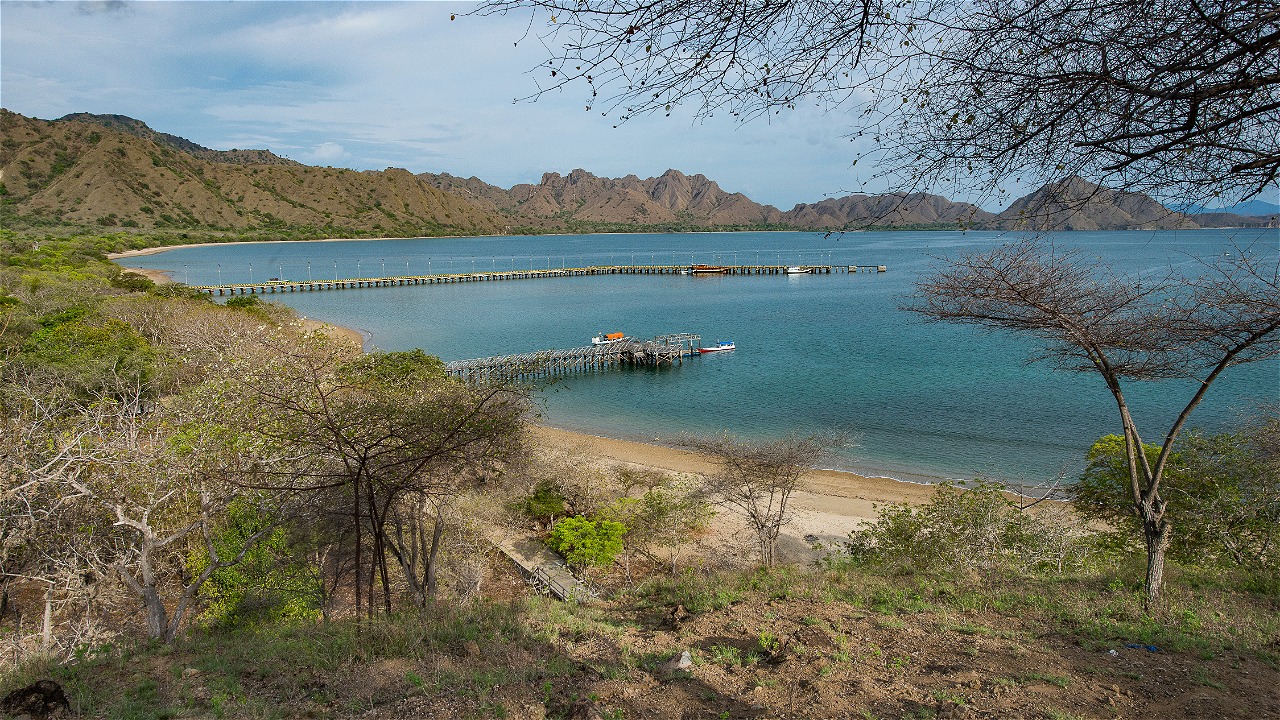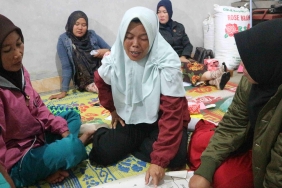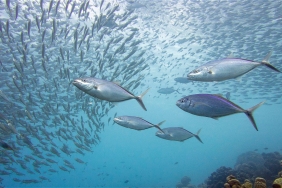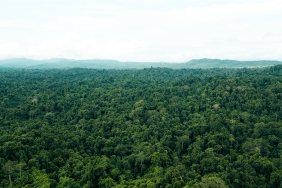TRAVELING TO KOMODO NATIONAL PARK? GET READY, NO PLASTIC WATER BOTTLES ALLOWED!
By: Jensi Sartin, Komodo MPA Coordinator, WWF-Indonesia
The waste problem is a priority that must be resolved to ensure sustainable tourism in Komodo National Park (TN) which continues to soar as the prima donna of Indonesia's 10 priority tourism destinations. The Department of Environment and Hygiene (DLHK) of West Manggarai, Komodo National Park Office (BTN) and WWF-Indonesia also held a Public Consultation on Waste Management Plan for Komodo National Park and Labuan Bajo City at Prundi Hotel, Labuan Bajo, 31/07/2017.
"Waste management in Komodo National Park must be comprehensive, and cannot be separated from Labuan Bajo," said Hendrikus Rani Siga, Head of BTN Komodo Section for Komodo Island. "These discussions and documents are important, but it is the implementation that determines whether we are able to free our area from waste," said Yance Usman, Head of DLHK, when opening the event.
The study results of the management plan drafting team found that the average waste generated by Labuan Bajo City was 112.4 m3 / day or the equivalent of 12.8 tons / day. "The biggest waste generator is households, which is 7.3 tons / day, the rest is waste from non-households," explained M. Fariz from the drafting team.
Based on composition, the waste of Labuan Bajo City and Komodo National Park is 40.41% organic waste, 33.17% recycled/economic inorganic waste, 5.52% hazardous waste, and 20.9% is residue. "There are about 4 tons more recycled waste that can be managed," he said again.
Indeed, currently, there have been several waste management initiatives by the community, one of which is by the Komodo Waste Multipurpose Cooperative (KSU) assisted by WWF-Indonesia. However, the action needs to be strengthened and replicated.
"We propose that waste collection units from the Cleanliness Department can supply TPS 3R such as KSU Sampah Komodo with non-organic waste that can be recycled," explained Kennedy, a Labuan Bajo waste activist.
Furthermore, the study shows that the average waste generated in the Komodo National Park area from residential areas is 12 m3/day or equivalent to 0.65 tons/day, and waste from tourist areas is 0.19 m3/day or 0.008 tons per day.
"Regarding the threat of waste to the Komodo National Park area, we are studying issuing rules for all tourists and tourist boats not to bring bottled mineral water into the area," said Hendrikus.
"Tourists must use reusable bottles and gallons and bring back the plastic waste," he added. This rule, if realized, will certainly have a significant impact on the number of waste generation in Komodo National Park.
"Labuan Bajo must have the courage to ban single-use plastic packaging and styrofoam," explains Sofia from Trash Hero, who also manages dive operator Dive Komodo. "We, both the government and the tourism industry, must also show examples of waste reduction," she continued.
In addition to the waste reduction aspect, there is a need for additional waste transportation units, additional TPS 3R, separation of the functions of waste regulators and operators, and enforcement of waste regulations, especially regarding sorting and retribution.
"The low practice of waste segregation at the source is the main obstacle for all these waste management investments. Our target is to optimize the function of TPS 3R, so that only residue goes to landfill" concluded Gustirinus, Secretary of DLHK.
"We will forward this document to further become a reference for waste management in Labuan Bajo City and Komodo National Park," Gustirinus concluded.
Do you have plans to travel to Komodo National Park? Prepare your own water bottle.





